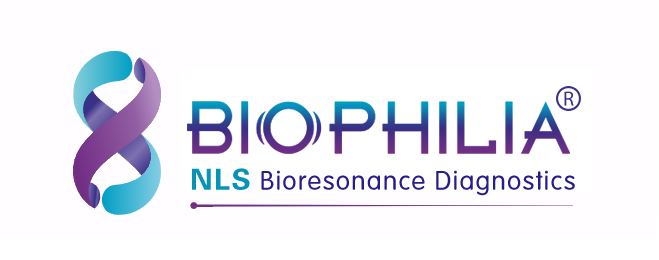Biophilia Tracker could help us diagnose lung cancer
- Russell
- August 08, 2023
- 1118
- 0
- 0
Lung cancer is one of the most prevalent diseases in human tumor structure. It has a continuous insidious course, becomes clinically manifest only when the disease is very symptomatic, and can only be treated surgically. Therefore, the improvement of lung cancer diagnosis should be carried out from the following two directions: finding methods for early tumor process detection in the preclinical development stage, and optimizing and shortening the preoperative tumor diagnosis cycle. The main diagnostic methods are chest radiography and tomography. The radiological sign of lung cancer depends on the form of the primary tumor, including the shadowing pattern of the tumor itself, caused by tumor airway conduction disturbance and secondary metastatic changes in the lung, mediastinum, and pleura. Modern computer techniques (computed tomography and its improvements, magnetic resonance imaging) have made it possible to significantly expand the potential for visualizing lung pathology, but in practice they remain very expensive and not readily available. In this context, a new hardware diagnostic method, the chest NLS examination, remains largely neglected. It is considered to be of low informative value because most experts do not understand the full potential of modern NLS diagnostic equipment.
We performed this study to evaluate the diagnostic potential of NLS studies and to identify NLS pictograms for use in various forms of lung cancer. NLS studies, performed with System Biophilia Tracker, allow us to perform 3D visualization of organs and histological stroma, and spectral entropy analysis (SEA) of focal tissues and lymph nodes to non-invasively identify their pathomorphological features.
NLS-research is an informative radiation safety add-on diagnostic approach for lung malignancies. NLS-seniotics of lung cancer include direct (tumor) and indirect (obturator atelectasis, mediastinal lymph node metastasis, exudative pleurisy) symptoms of the malignant process. Based on NLS imaging, we divided peripheral lung cancers into three groups based on macroscopic structure. Central lung cancers are characterized by the presence of lobar obturator atelectasis, which may be considered an indirect sign of the presence of a large extrabronchial tumor at the root of the lung, directly diagnosed as a typical catabolic process following a period of necrotic disintegration.
The ultimate goal will be to help you increase relaxation, reduce pain, enhance cellular health and develop a healthier, more comfortable lifestyle while strengthening your biofield matrix. Variations and possibilities will be up to you and your practitioner.
